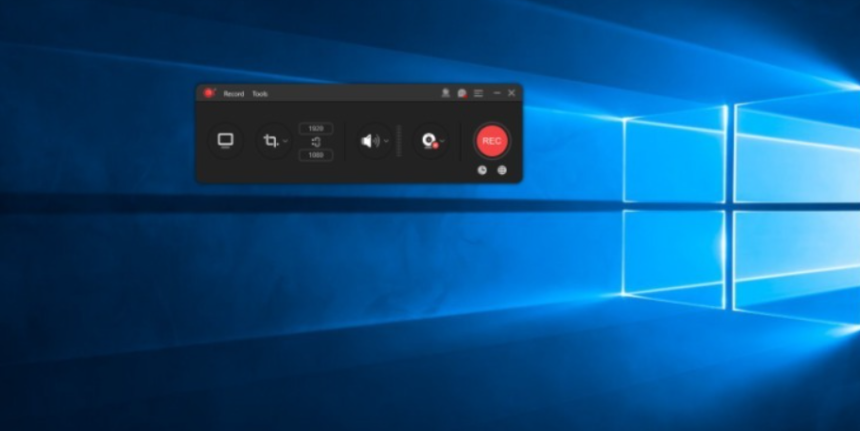Traditional onboarding and training programs have worked fairly well for many years, but they have limitations that greatly reduce their efficacy. For example, most standard training programs rely on a human being to facilitate the training process from start to finish. This can produce inconsistent results from one trainer to another.
As part of the move to a digital approach to training, many businesses are starting to integrate screen recording into their processes. The goal is to enhance operational efficiency at the root by ensuring employees are trained effectively from the start.
In this article, we’ll explore how your business can benefit from following suit.
What is screen recording?
Screen recording is the process of capturing the visual activity, accompanied by audio, on a computer using a screen recorder application. It enables real-time recording of everything from tutorials and presentations to demonstrations and walkthroughs. Once a recording has been made, it can be shared, reviewed, or stored for later use.
Why use screen recordings for training?
Here’s why screen recording is an essential part of onboarding and training:
- Standardized instruction. Using screen recordings for training helps to create consistent, standardized training materials. This ensures that all employees receive the same instructions and information regardless of when they’re hired.
- Visual content produces better comprehension and recall. Studies have shown that visual explanations can break down complex topics better than verbal or written explanations. On average, people remember 65% of what they learn visually.
- Better engagement. When employees know they will be required to read lengthy manuals just to do their job, there’s a good chance they’ll procrastinate or not read the material at all. On the other hand, when they know the training materials are visual and will explain processes in detail, they’re going to engage.
- Screen recording works with asynchronous communication. For remote teams and teams that can’t connect live, screen recordings are helpful. For instance, employees can share instructions and offer feedback through screen recordings without the recipient needing to be online at the same time. This is especially useful when you have several team members taking care of new hires and answering all of their questions.
- Screen recordings are scalable. When you decide to scale your business, you don’t need to create new training materials. All of your new hires can be quickly onboarded and given access to your training material from day one.
- You can collect screen recordings from your team. Sometimes, no matter how hard you try, your first set of training materials will be incomplete and possibly inefficient. A good training program should evolve. That involves listening to employee feedback and making appropriate changes. One of the greatest advantages of screen recording is being able to collect videos from team members who have found more efficient ways to do certain things. For example, an employee might find a better way to perform a specific task inside an email marketing application, and you can incorporate their screen recording into your training program.
- Reduced ambiguity. Verbal instructions are not only hard to remember sometimes, but they can seem a bit vague, and certain word choices come across as ambiguous. When your training materials utilize screen recordings, entire processes are documented visually so there’s no ambiguity. If the presenter says, “click the blue button,” and there are two blue buttons, everyone watching will be able to discern which blue button they’re supposed to click.
- Process documentation. Whether you’re documenting processes for training purposes or just to have them filed away, screen recordings can capture far more of a process than written documentation. Unlike a written process, you can verbally narrate a screen recording to make it clear and concise. It can take pages to explain in writing what you could sum up verbally in just a few minutes. Plus, even if some people like to read, the human brain processes visuals faster than text.
By integrating screen recording into your onboarding and training programs, your efforts will be more effective, consistent, and scalable. Employees will have access to clear, structured training materials, reducing the need for live sessions and minimizing repetitive explanations.
Strengthen your onboarding process with screen recordings
When you embrace visual training through screen recording, it will enhance learning and retention. No matter what type of content you produce – application walkthroughs, demonstrations, or tutorials – screen recording will make training content easier to follow, ensuring that each employee gains the knowledge and skills required to be an effective part of your team.














